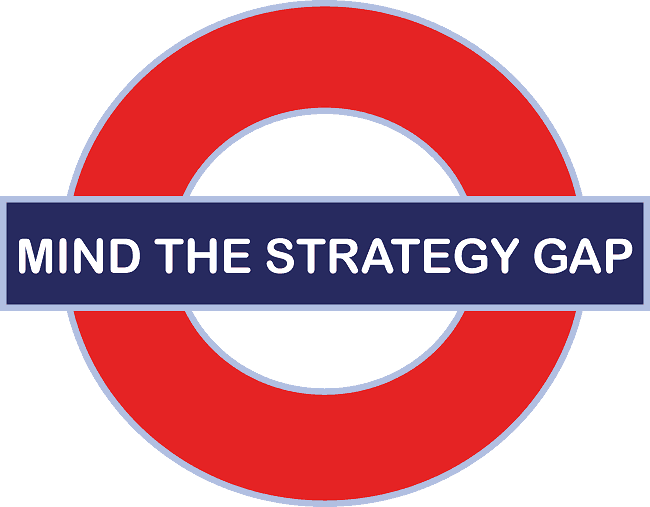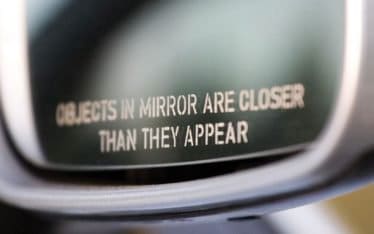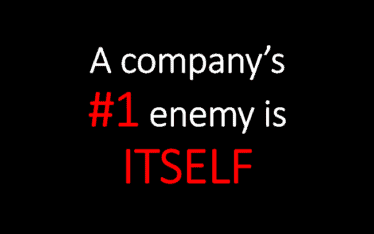Kodak was truly one of the world’s powerhouses
In the 20th century, Kodak was truly one of the world’s powerhouses. Its rise to prominence began when it launched its affordable Brownie camera in 1900.
In the decades that followed Kodak established a dominant position in the lucrative film business, with its “you push a button, we do the rest” slogan demonstrating its commitment to making photography accessible to the masses. By 1976 Kodak accounted for 90% of film and 85% of camera sales in America. Until the 1990s it was regularly rated one of the world’s five most valuable brands.
Then came digital photography to replace film, and smartphones to replace cameras. Today people turn to digital cameras embedded in their mobile phones and share pictures over the Internet.

Kodak’s struggle to reinvent itself for digital age
The easy narrative is that Kodak is a classic case of a company blind to the disruptive changes in its marketplace. Like many easy narratives, this one is not quite right.
Kodak wasn’t blind to this shift. It created a working prototype of a digital camera in 1975. The engineer behind that project, Steve Sasson, offered a memorable one-liner to the New York Times in 2008 when he said management’s reaction to his prototype was, “That’s cute – but don’t tell anyone about it.”
Kodak actually saw the world pretty clearly
But Kodak did invest heavily in digital imaging and carved out a reasonable position in the digital camera space with its line of EasyShare products. As the decade wore on and its core business continued to deteriorate, Kodak brought in a new leadership team, downsized its core operations, and began placing bets on even more radical ideas, such as a line of printers with low-cost ink.
So Kodak actually saw the world pretty clearly and did what a lot of smart companies would have done in its circumstances.
It is hard to get transformation right
Kodak’s struggles show how brutally hard it is to get transformation right. The company took aggressive action, became a viable player in the emerging disruptive space, invested in new growth businesses, but it wasn’t enough.
Short URL & title:
Blind to disruptive technology changes in the marketplace — http://www.torbenrick.eu/t/r/ypx
Share it:
If you enjoyed this article, please take 5 seconds to share it on your social network. Thanks!








As for many leading companies the future with their other inventions don´t deliver the crystal ball with the outcomes for everybody. Of what I read so far, Kodak ignored the new “digital trend” for too long, and didn´t give enough attention to it. They lost their monopol status.
For whatever reason they didn´t take the new trend seriously, it reminds me of the EU-Automobile Industry which still (?) doesn´t focus enough on a new motor-alternative or give little attention to the electronical power due to the critical battery issue.
Instead they expand in other countries to keep things the way they are – or do they rather support the service-market and repair shops w/ the “money-magnet” spare-part-industry, where the top is connected and linked to the bottom of all those “1-way educated” employees in the related job-market ? ?